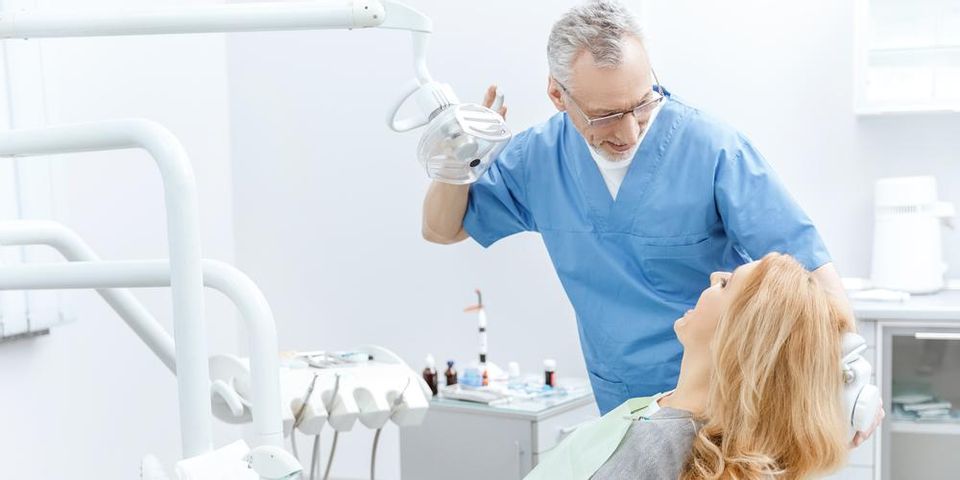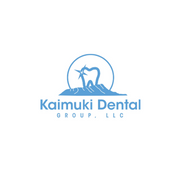
When your dentist turns to their assistants and begins using numbers and unfamiliar terms to describe your teeth, it can leave you in complete confusion. The dental field has its own language, and professionals spend years learning it in school. The staff at Kaimuki Dental Group in Honolulu, HI, feels it’s important for you to understand what your dentist is discussing and wants to explain common dental lingo you may hear. This will keep you informed throughout a cleaning or procedure so you know what’s going on.
Common Terms Dentists Use
Tooth Numbering
After a cleaning, you may hear your hygienist and dentist trade off a series of numbers and letters that makes no sense. These are actually dental “shorthand.” Each tooth is given a number, with the bottom left molar being one, and the top left molar being 32. There is also a group of accompanying letters: M, D, O, I, B, and L. These refer to the different surfaces of the teeth. You’ll most commonly hear something like “13MOD”; what the dental staff is usually discussing is the location of cavities or other issues on a tooth.
Cusp, Crown, Apex, & Dentine
 Most people know the basic parts of a tooth, but when your dentist begins using terms like “apex” or “dentine,” it can get confusing. These are all important terms that describe parts of a tooth. The apex is the tip of a root; dentine is the sensitive layer beneath your enamel; the cusp is the part of the tooth that rises from where it bites; and the crown is the upper surface. These are important to know, as your dentist may use these terms when discussing the location of a problem or giving dental hygiene tips.
Most people know the basic parts of a tooth, but when your dentist begins using terms like “apex” or “dentine,” it can get confusing. These are all important terms that describe parts of a tooth. The apex is the tip of a root; dentine is the sensitive layer beneath your enamel; the cusp is the part of the tooth that rises from where it bites; and the crown is the upper surface. These are important to know, as your dentist may use these terms when discussing the location of a problem or giving dental hygiene tips.
Periodontal Numbering
Following any tooth numbering from your dentist, you may also hear a few measurements. These are usually referring to the spacing between the gums and teeth and are most commonly used to check for gum disease. The range begins with 0 to 3 mm without bleeding as defining no signs of gum disease and with 7 mm and above with bleeding to define the most serious cases of gum disease. During your next cleaning, ask your dentist so you can understand your risk.
For comprehensive dental care services, turn to a dentist at Kaimuki Dental Group. They’re dedicated to helping patients preserve their smiles through general and cosmetic dentistry. Call (808) 737-7905 today to schedule an appointment, and visit their website to learn more.
About the Business
Have a question? Ask the experts!
Send your question

